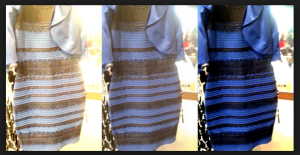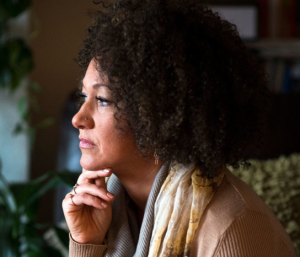Millennials love BuzzFeed. It’s undeniable. I can’t log on to Facebook and scroll for more than ten seconds without seeing someone share a Buzzfeed article or quiz, my friends are constantly sending me Buzzfeed links and lets not even get started on the constant BuzzFeed Twitter re-tweets on my timeline. But why is Buzzfeed so popular? What are they doing that is making them one of the most shared websites of current times? I will let you in on the answer. There are two main things.
- The content is being created in real time. The instant something happens in popular culture, there is a Buzzfeed article within hours, which outlines; who, what, where and why.
- The content is widespread. There is something for everyone. With such an expansive database of content, they have ensured that there is something which will satisfy everyone’s needs. In the same day that I have sent multiple friends a BuzzFeed quiz link to find out which Harry Potter house they would have been assigned to, I have also used BuzzFeed for a creative watermelon feta salad recipe.
Here are a few examples of times which BuzzFeed made sure to keep us updated on popular culture:
- Remember that dress which half of us thought was blue/black and the other half thought it was white/gold. All of my social media accounts were going crazy over that dress and while it was entertaining, it was not as entertaining as the BuzzFeed articles, which flooded my timelines the next morning. They’d collected funny tweets highlighting the frustration which we all felt over that dress, they provided percentages on who saw the dress as which color broken up into categories such as age or gender and shortly following the frenzy, they provided the scientific explanation we so desperately sought, filling us in on the magic of visual perception.
- How about Rachel Dolezal? The former NAACP chapter president who’d fooled people into thinking she was African-American for decades. Social media went crazy over this issue. The incident even got its own comedic hashtag #askrachel. Memes were created, jokes were made and then there were the many people who were upset and outraged. As humorous as some found it, others believed it to be downright insulting. BuzzFeed immediately released articles, which covered all of the above elements of this controversy. They didn’t just focus on the humor of the situation but they posted articles which addressed the issue of systematic racism which is what ultimately gave Rachel the privilege to be temporarily Black; allowing her to negate acknowledging she could never have the true experience of being Black in America because unlike others, she could change her “race” again if she chose to.
Regardless of how humorous the situation or how serious it may be, BuzzFeed makes sure to create content which entails any current events that are getting “buzz”.
That is what makes BuzzFeed so popular. They create content on current events as they are happening but they also make sure to provide a plethora of content options so there is something that appeals to everyone. That is exactly what companies can learn from BuzzFeed; two essential keys to being successful in content creation are content which engages your audience and content which is current/relevant. BuzzFeed has mastered doing both.
References:
Cheng, S. (2015, June 16). 10 Must read essays on Rachel Dolezal. BuzzFeed. Retrieved July 20, 2015 from http://www.buzzfeed.com/susancheng/rachel-dolezal-best-essays#.xwr7QQ3LL
De Choudhury, M., Counts, S., & Czerwinski, M. (2011). Identifying relevant social media content: Leveraging information diversity and user cognition. Paper presented at the 161-170. Retrieved July 20, 2015 from ACM Digital Library.
Koerner, C. (2015, June 15). Student who posted Rachel Dolezal intervie wanted public to see her “be herself”. BuzzFeed. Retrieved July 20, 2015 from http://www.buzzfeed.com/claudiakoerner/rachel-dolezal-describes-struggles-of-life-as-a-black-woman#.pxeZMM322
Obell, S. (2015, June 17). 57 Questions Black women have for Rachel Dolezal. BuzzFeed. Retrieved July 20, 2015 from http://www.buzzfeed.com/sylviaobell/we-need-answers-rachel-dolezal#.wvLAjjZYY
Pyne, C. (2015, February 28). The color of the dress according to science. BuzzFeed. Retrieved July 20, 2015 from http://www.buzzfeed.com/brandensueper/the-color-of-the-dress-according-to-science#.ysEk55m33
Yandoli, K. (2015, Feburary 26). Even famous celebrities are melting down over the dress. BuzzFeed. Retrieved July 20, 2015 from http://www.buzzfeed.com/krystieyandoli/heres-what-colors-your-favorite-celebrities-think-the-dress#.heAo55bZZ



6 Responses to What Companies Can Learn From BuzzFeed When it Comes to Content Creation